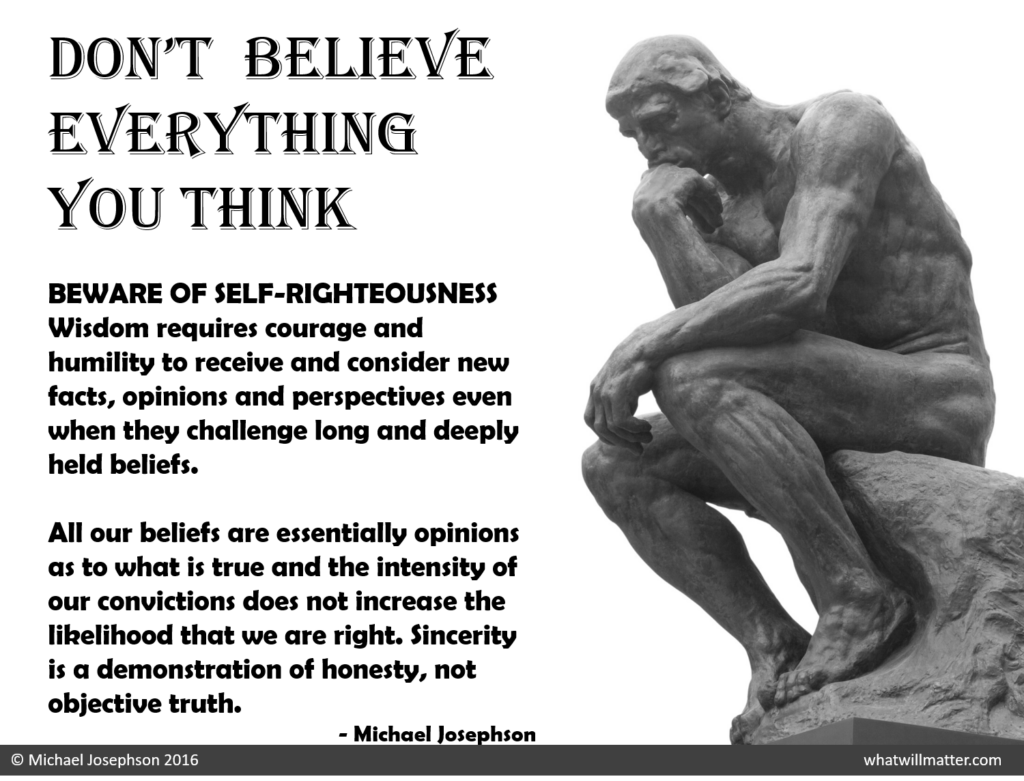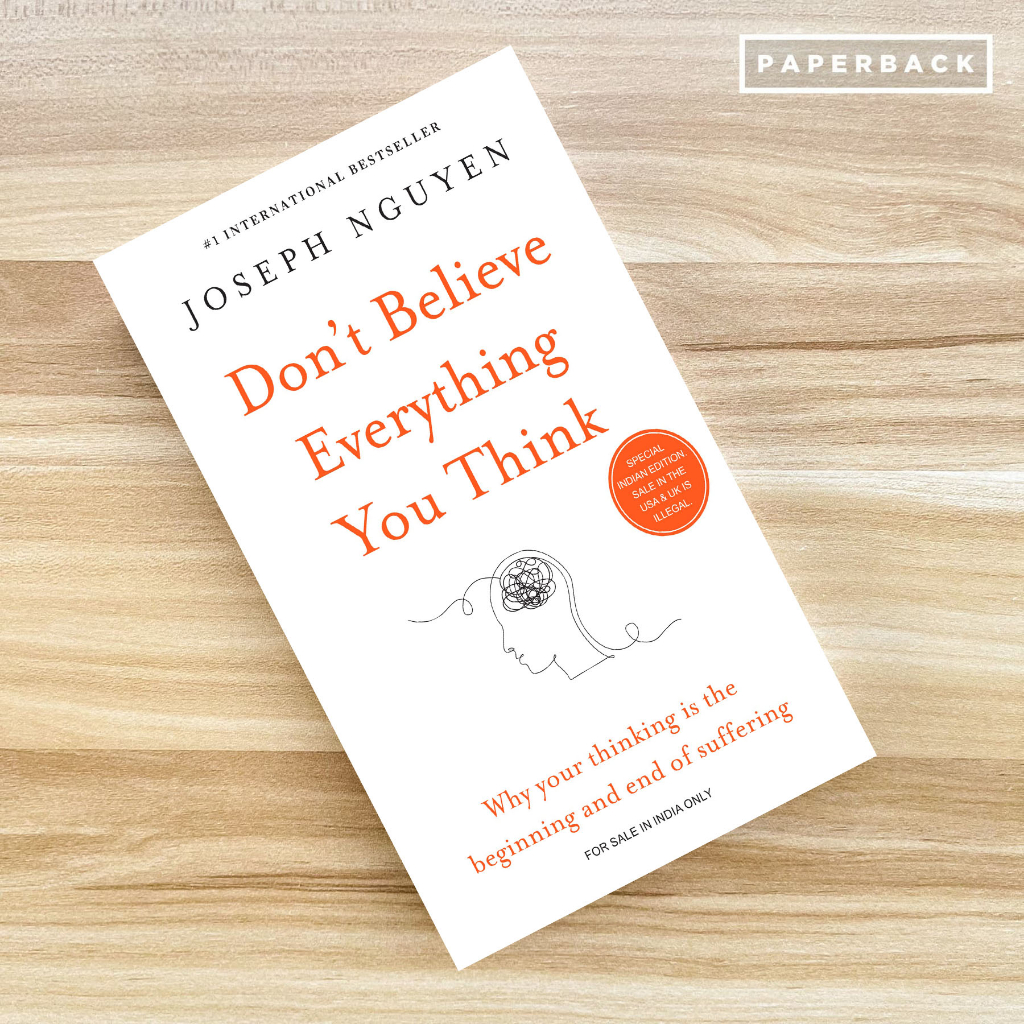In “Don’t Believe Everything You Think,” Joseph Nguyen explores how our thoughts influence our emotions and actions. A key focus is on dealing with and overcoming past psychological traumas. Many of us have faced traumas, whether from unhappy childhood memories, hurts in relationships, or major life setbacks. These past events can often resurface in our minds, causing ongoing pain and trouble.
So, how can we break free from the control of these memories? Nguyen has offered several key methods to help us confront and overcome these psychological traumas.

1.Recognize the gap between thoughts and reality.
Nguyen emphasizes that there is often a significant gap between our thoughts and reality. While past traumas are real, our mental patterns can exaggerate the emotional impact of these events, even causing us to relive the pain. Our minds tend to ruminate on those painful memories, trapping us in a cycle of suffering from which it is hard to escape.
To overcome psychological trauma, we first need to realize that these memories and emotions are like “films” replayed by our minds. They are not the same as our current reality. Nguyen suggests using mindfulness practice to become aware of our thought patterns. By recognizing that we are reliving past events, we can bring our attention back to the present. Understanding the difference between thoughts and reality helps us reduce our attachment to these painful memories and gradually free ourselves from their control.
2.Accept Rather Than Resist
When facing psychological trauma, many instinctively choose to resist and avoid it. We don’t want to recall those painful moments. We might try to suppress these memories by staying busy or doing other activities. However, resisting these feelings only makes them more ingrained in our hearts. When we try to escape the pain, it often returns more intensely.
Acceptance does not mean surrendering or agreeing with the pain. Instead, it means being open to these emotions and allowing them to exist. When we stop resisting, the pain often becomes less intense. This openness gives us a chance to release and heal.

3.Focus on the Present, Reduce Attachment to the Past
We cannot change the past, but we can choose how to handle these memories. By focusing on the present and our current experiences, we can gradually lessen our reliance on past pain.
The book advocates mindfulness practice to help shift our focus from past memories to the present moment. When we fully engage in our current life, past memories lose their power over our emotions. This is a gradual process, but over time, we will find that past traumas slowly fade and no longer dominate our lives.
4.Redefine the Meaning of Trauma
We cannot change what has already happened, but we can alter our understanding and interpretation of these events. Many people view trauma negatively, seeing it as a perpetual source of pain.
This does not mean we should romanticize trauma, but rather find positive meaning in it. For example, trauma might make us stronger, more empathetic, and more self-aware. When we redefine the significance of these experiences, trauma becomes not just a symbol of pain but a part of personal growth.

5.Seek Healing Through Action
Action is key to healing trauma. We need to strengthen our inner selves through concrete actions. This might include seeking professional psychological help, talking with trusted individuals, or engaging in new life experiences to fill the voids left by the past.
Overcoming psychological trauma is a long and complex process. However, as explained in “Don’t Believe Everything You Think,”we can gradually move past the pain by changing our mindset, accepting the past, focusing on the present, and taking action. Most importantly, we need to realize that we are not confined by past traumas; our future is entirely in our hands. When we learn to reconcile with past pain, we can move forward more freely and embrace new opportunities and challenges in life.
The content above was created by iWeaver Ai.




